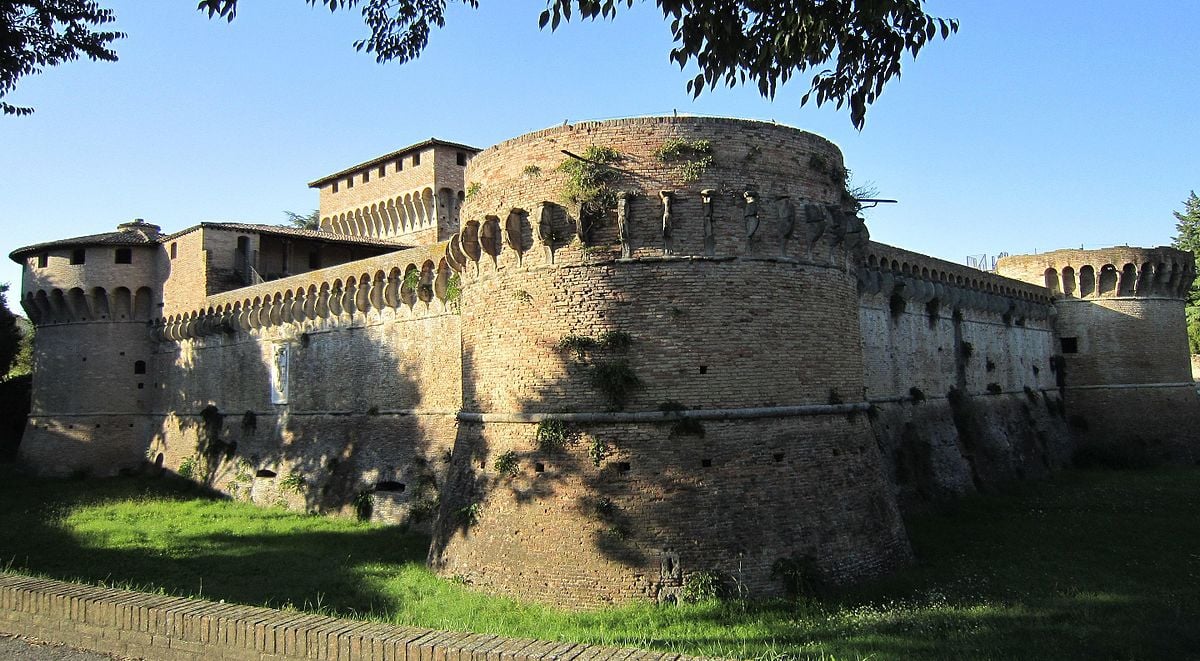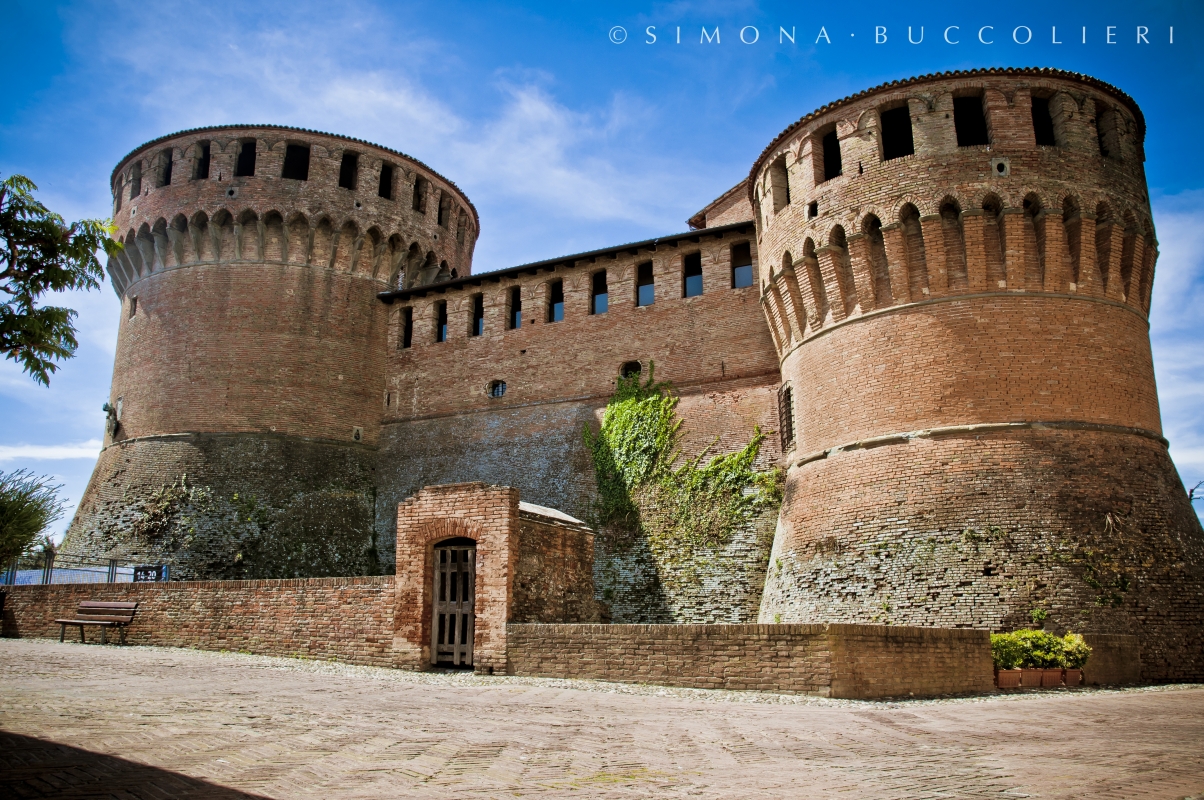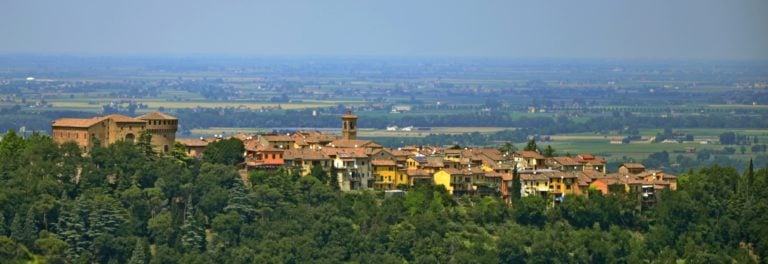“The great lady of Romagna”, Caterina Sforza, was one of the most representative characters of the Italian Renaissance. Illegitimate daughter of Galeazzo Sforza, Duke of Milan, she was raised in a sophisticated court and, since her early youth, she was first noticed because of her audacity, and later because of the impetuous actions she took to safeguard her possessions from usurpers and to uphold the military defence of her states.
Due to her truly eclectic character in her private life Caterina was devoted to various activities, she was an expert in herbal alchemy, about which she wrote a treatise and she loved hunting and dancing.
We can begin our journey with a sweet start: each year on the 25th of November people in Forlì celebrate the Feast of Saint Catherine (from Alexandria of Egypt) with the Nougat Festival. The special event is held in front of the Church of San Biagio where nougat is given to all “beautiful girls and women”. The origin of this folk tradition appears to be closely connected with the history of Caterina Sforza: it seems that on entering for the occasion the Church of San Biagio, she was given a piece of nougat by an unknown man, who wanted through this gesture to pay tribute to her beauty.
But sweetness was not the first feature of her character.
Let’s have a look at where Caterina, since 1484, has left a mark.
In Forlì the Rocca di Ravaldino served as a defensive fortress and represented one of the most suited places to protect the city throughout the centuries, it was restored and modified on Caterina’s wish.
Today it hosts exhibitions and events.

The Rocca Sforzesca in Imola, a splendid example of fortified architecture, was built in the 13th century as a defensive rampart on the side of the city facing Bologna. Modified at the end of the 15th century on the basis of plans conceived by the Sforza family, the fortress maintained its military function.
Worth visiting for its collections of weapons and ceramics, or even just for the wonderful view of the city from the towers; it also hosts events and shows in its internal courtyard in the summer months.
The Medieval Village of Dozza is situated on the crest of a gentle hill dominating the Sellustra river valley.
The Rocca of Dozza, turned into a fortress following the wishes of Caterina Sforza, original paintings and furniture have been preserved since than.

Caterina owned also the beautiful Rocca in Forlimpopoli but she lost it.
Caterina’s seigniory ended in 1499, when Cesare Borgia, son of Pope Alexander VI and brother of Lucrezia Borgia…but that’s a different story.
Author
You may also like
[Emilia-Romagna Art Cities] Forlì in 3 minutes
by Arturo Castellini /// December 14, 2017
The Romagna hill-town Municipalities around Forlì
by Arturo Castellini /// October 25, 2017

Interested in our newsletter?
Every first of the month, an email (in Italian) with selected contents and upcoming events.
![[Emilia-Romagna Art Cities] Forlì in 3 minutes](https://www.travelemiliaromagna.it/wp-content/uploads/2021/06/14-Piazza-Saffi-Forlì-@fabio33-768x402.jpg)

